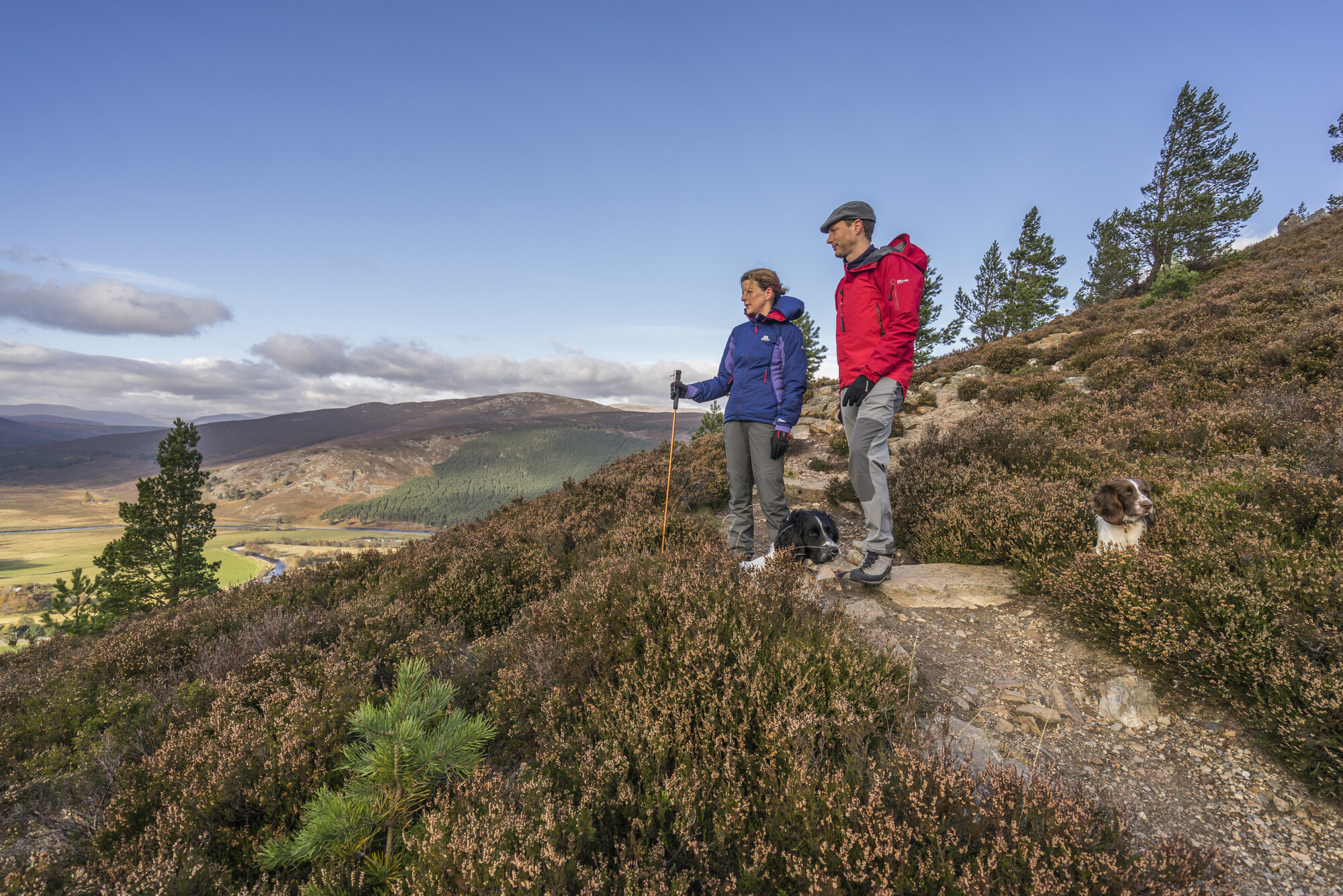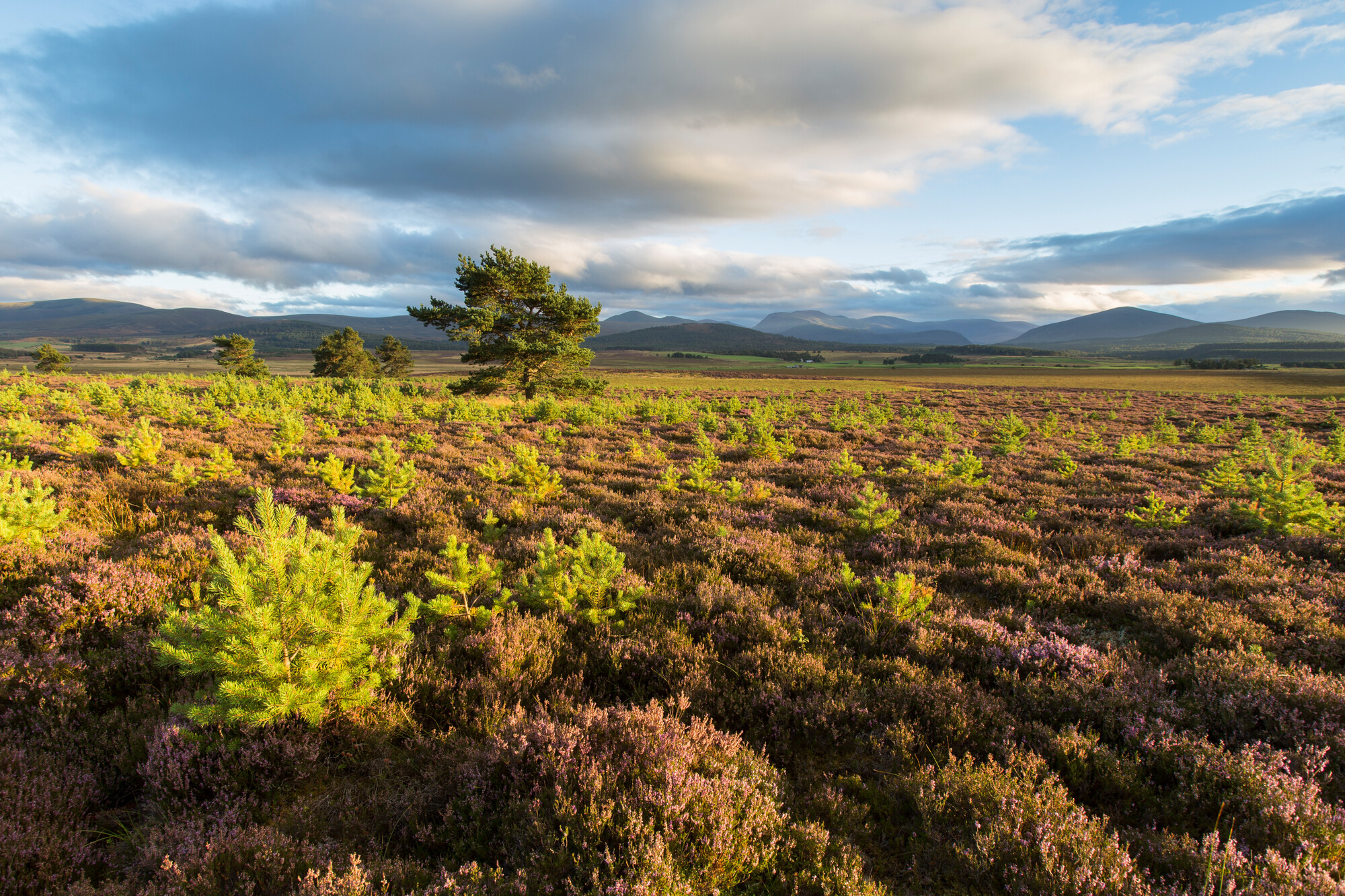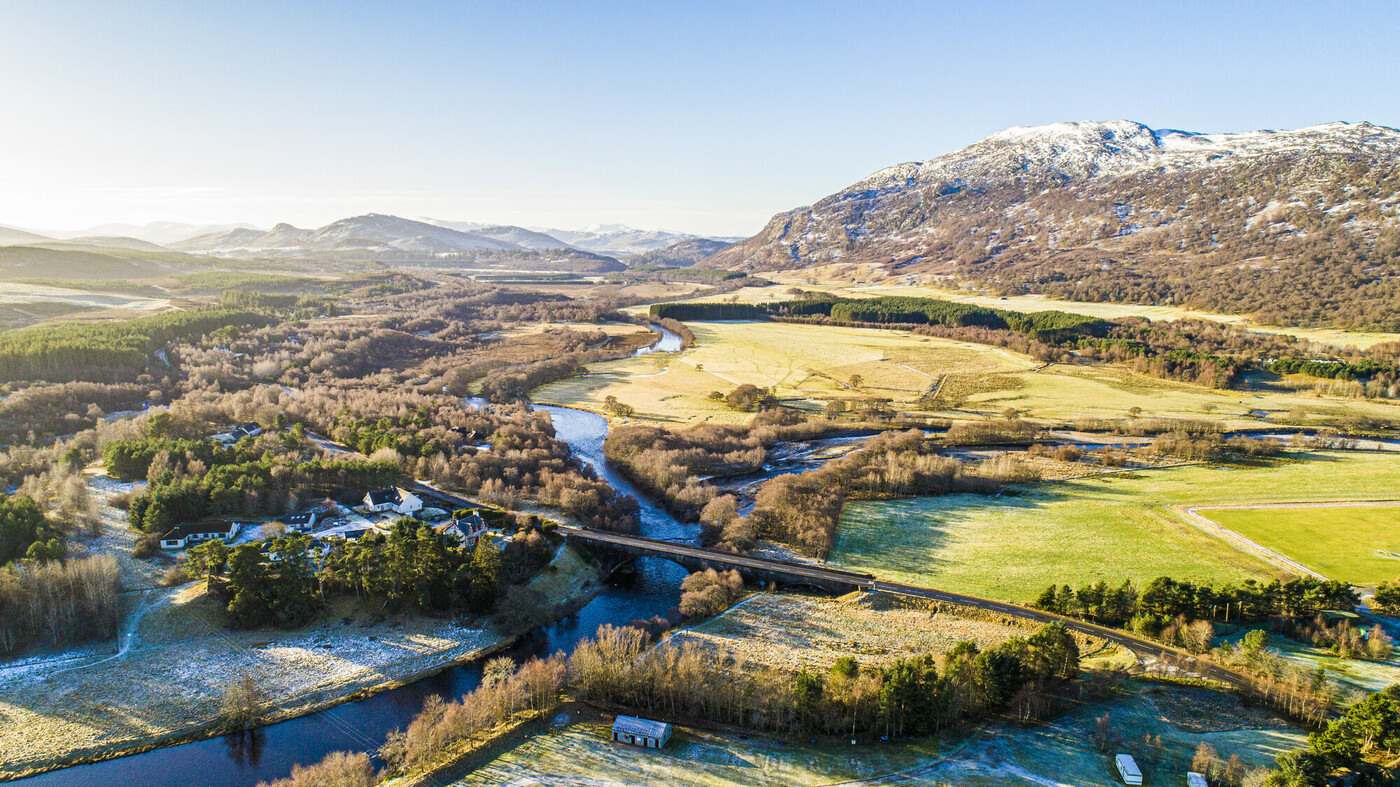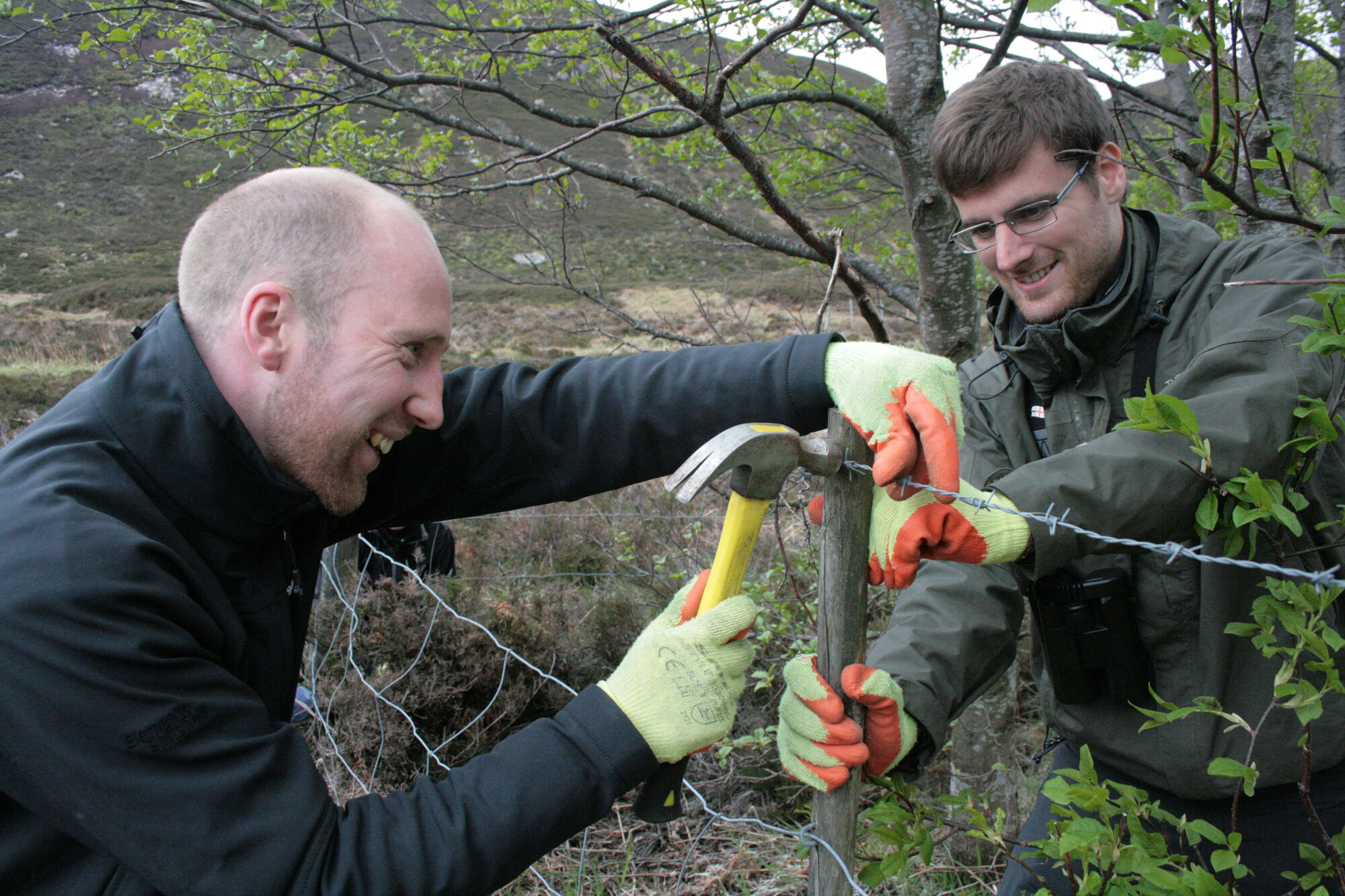Active Cairngorms SEA environmental baseline


The National Park Partnership Plan is the management plan for the Cairngorms National Park, which has been approved by Scottish Ministers.

Across 20 long-term projects, Cairngorms 2030 will bring about transformational change in the Cairngorms, benefitting people’s health and wellbeing, delivering on climate change and enhancing nature across the National Park.

Our planning service helps get the right kind of development in the right places in the Cairngorms National Park.

The Cairngorms National Park has plenty to inspire adventures for visitors and residents.

Volunteer Cairngorms supports and develops volunteering for nature, the environment and physical activity across the Cairngorms National Park. Start your volunteering journey here!

Thank you for visiting our new website. We'd appreciate any feedback using our quick feedback form. Your thoughts make a big difference.
Thank you!